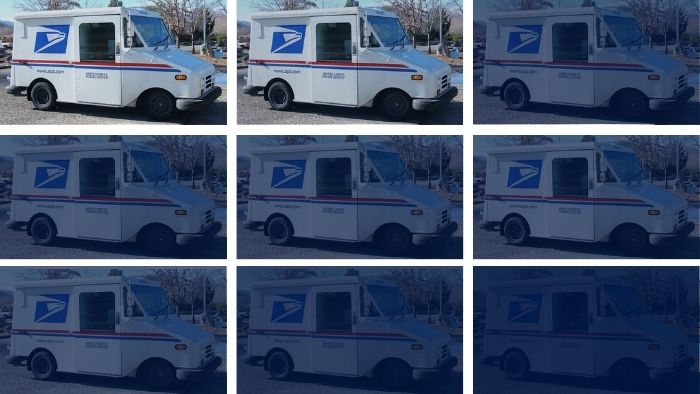In July, amid considerable opposition, the U.S. Postal Service (USPS) rolled out a pilot program standardizing delivery times to reduce labor and transportation costs. The pilot required letter carriers to depart earlier, then return in the afternoon and sort the mail for the following day’s delivery. Other changes tested in the pilot program included cutting overtime for postal workers, and removing postal boxes and sorting machines. All of these measures ultimately impacted delivery times in some areas, enough that in August, full implementation of the changes was halted by court order.
What Prompted the USPS Changes?
The USPS has been struggling financially for many years. Unlike other government entities, the agency doesn’t receive tax dollars to account for operational expenses. Last year, the USPS reported a loss of nearly $9 billion. Several issues contributed to the loss, including an overall decline in first-class mail. And budgetary woes have mounted since a 2006 congressional mandate that forced the agency to prefund the health care costs of its retirees.
The USPS’s financial problems have been exacerbated by the onset of the COVID-19 pandemic, which has further reduced the volume of first-class mail. While COVID has caused an increase in package shipping as more people chose to shop online and avoid in-store shopping, it is not enough to offset an inevitable budgetary crisis.
The new postmaster general’s proposed changes may help the agency recover financial losses and stay afloat; however, they have caused delays that have accumulated over time, and may not be resolved any time soon.
Making the Case for Electronic Delivery, Bill Pay
The USPS slowdown has turned into a hardship for many consumers, especially those who rely on the USPS for prescription drugs or paper check payments. But it may have one silver lining – it may push consumers to reevaluate their dependence on paper mail for many bills and notifications. In a recent survey by the Financial Brand, 14% of the customers asked said they had for the first time paid a bill online. Customers who were forced to move to digital banking in the wake of COVID now have another reason to move to digital delivery – the ability to receive their bills and important communications without having to worry about postal disruptions.
Moving to eDelivery makes it safer for consumers to pay their bills in a timely fashion. But it also can save organizations on print and postage costs. And payments made digitally can speed time to revenue. Customers benefit because they can receive important notifications – like those sent to them about COVID-19 – faster by eDelivery or text message.
Are your customers concerned about disruptions in the delivery of their statements? If you haven’t already, now is a good time to reach out to those still receiving physical mail and encourage them to sign up for eDelivery. It’s a way of delivering peace of mind and reducing risk with your communications. Contact us today to learn how DataOceans can help you improve the rate of eDelivery adoption by your customers.



.png)
.png)